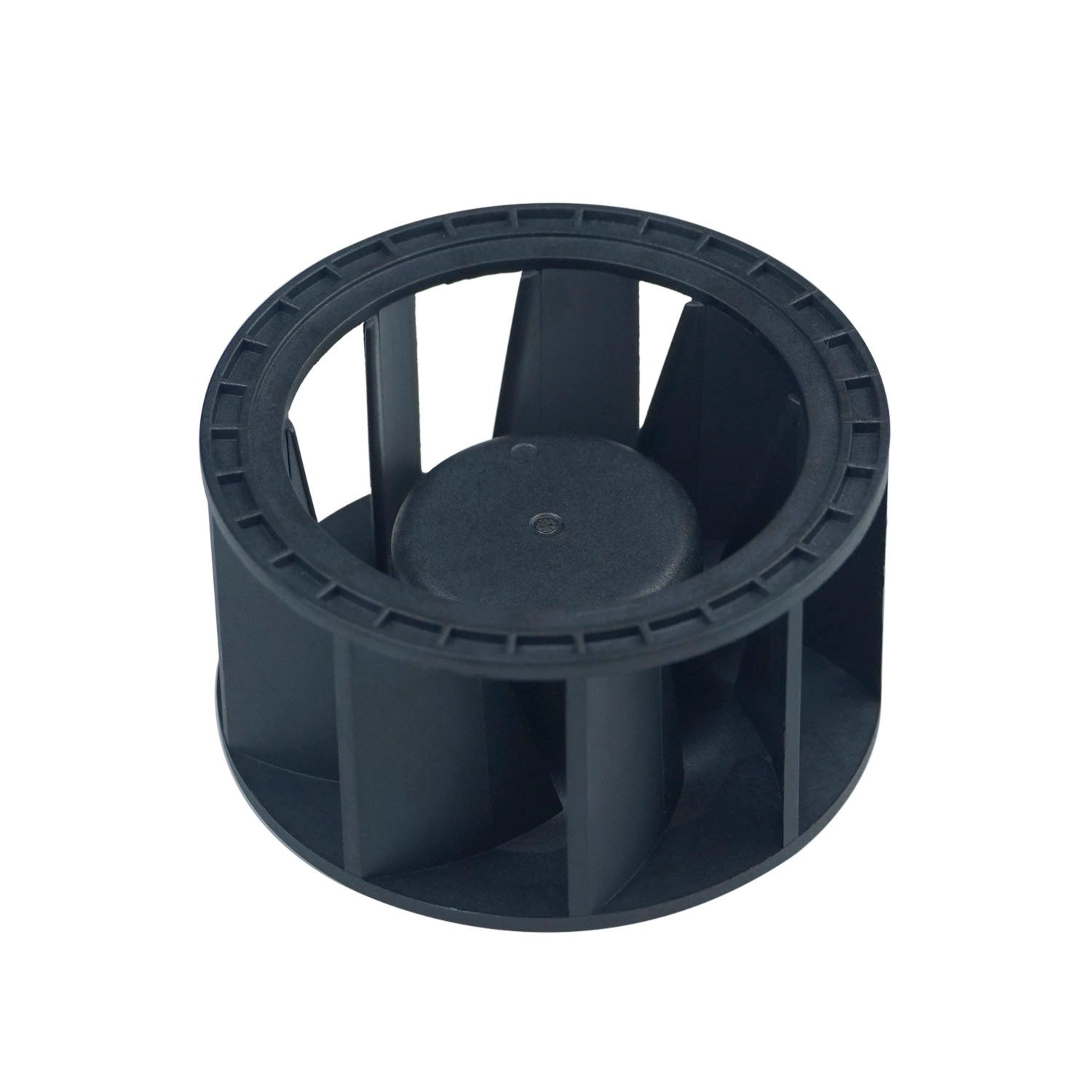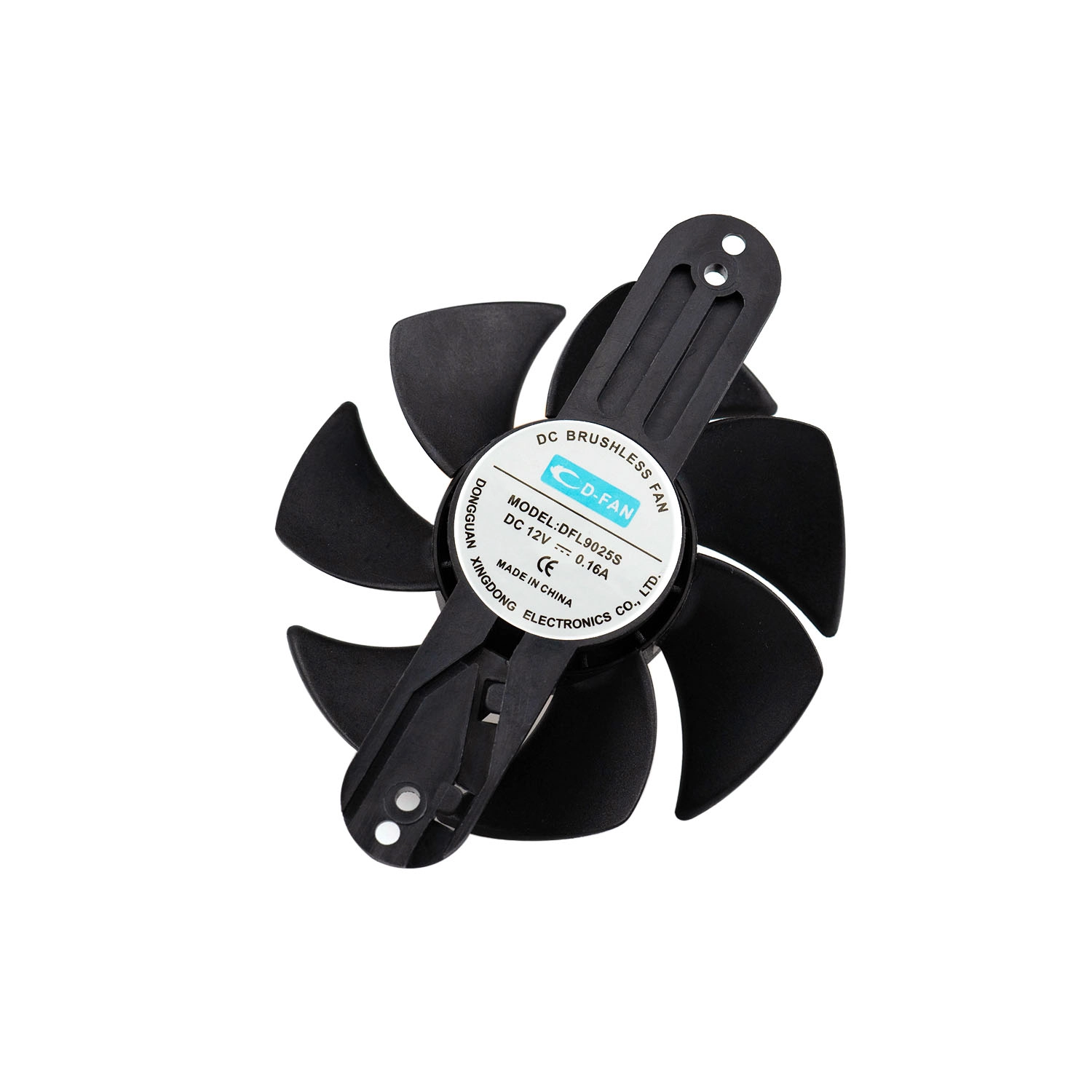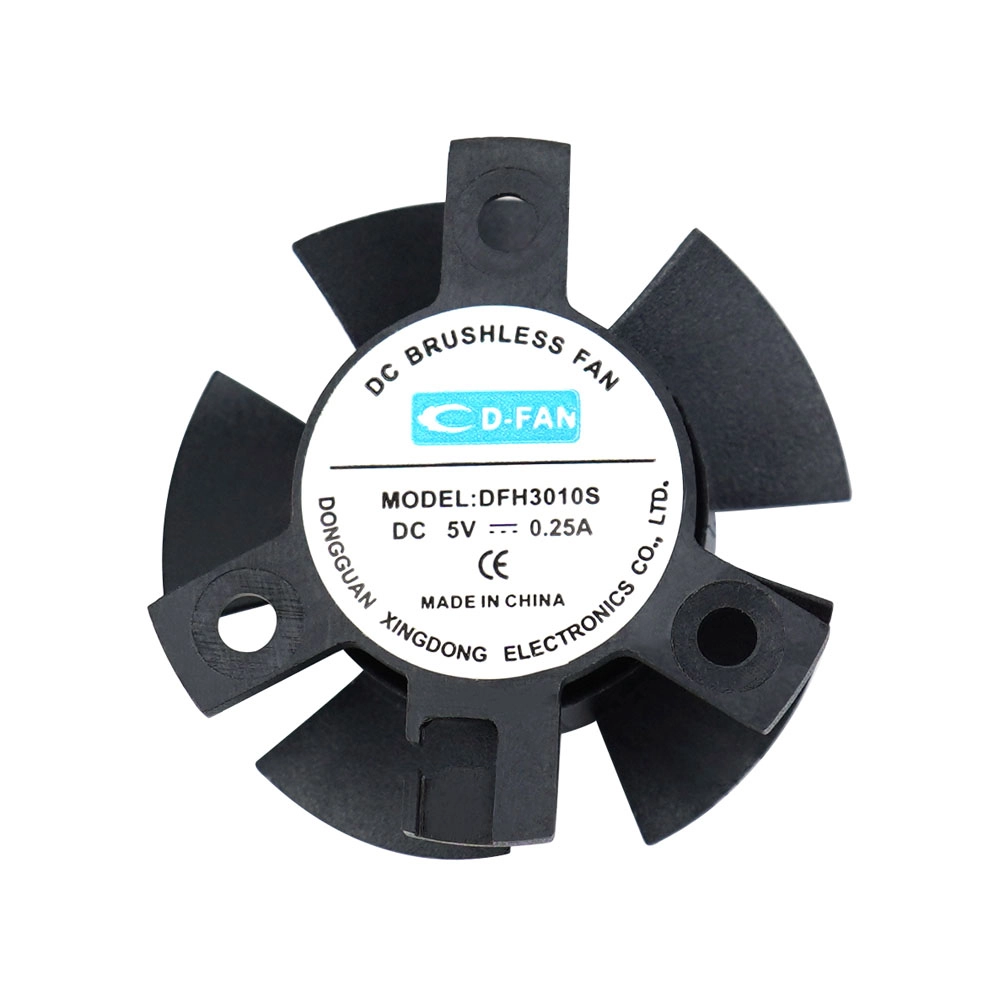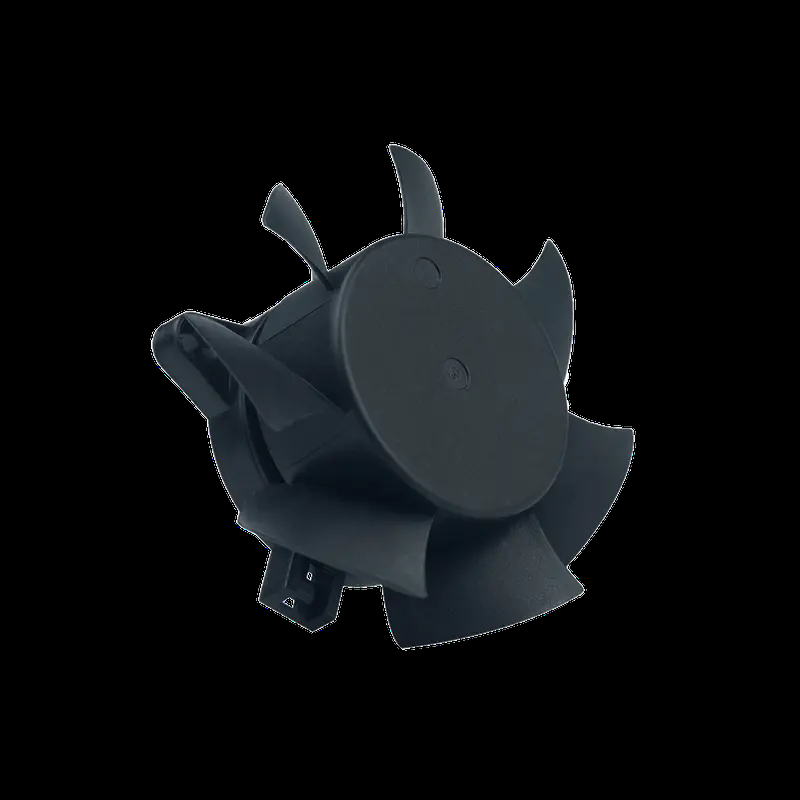Inverter cooling fans play a crucial role in maintaining the efficiency and longevity of inverter systems. These fans help regulate temperature, ensuring that the inverter operates within optimal conditions. Proper maintenance of these cooling fans is essential for extending their lifespan and enhancing the overall performance of the inverter. This article will explore various aspects of inverter cooling fan maintenance, including the importance of cooling fans, maintenance practices, troubleshooting common issues, and the impact of environmental factors.
Understanding Inverter Cooling Fans
The Role of Cooling Fans in Inverters
Inverters convert direct current (DC) into alternating current (AC), a process that generates heat. Cooling fans are integral to dissipating this heat, preventing overheating, which can lead to system failures. By maintaining a stable operating temperature, cooling fans help ensure that inverters function efficiently and reliably. The efficiency of the inverter is directly linked to the effectiveness of the cooling system; if the inverter overheats, it can lead to reduced performance, increased wear on components, and ultimately, failure. Therefore, understanding the role of cooling fans is essential for anyone involved in the operation or maintenance of inverter systems.
Types of Inverter Cooling Fans
There are several types of cooling fans used in inverters, including axial fans and centrifugal fans. Axial fans move air parallel to the fan shaft, making them suitable for applications requiring high airflow at low pressure. Centrifugal fans, on the other hand, are designed to move air at higher pressures, making them ideal for situations where airflow needs to be directed through ducts or other restrictive environments. Each type of fan has its advantages and is chosen based on the specific cooling requirements of the inverter system. Understanding these differences can help in selecting the right fan for a particular application, ensuring optimal performance and efficiency.

Importance of Proper Maintenance
Enhancing Efficiency
Regular maintenance of inverter cooling fans ensures that they operate at peak efficiency. Dust and debris can accumulate on fan blades and vents, obstructing airflow and reducing cooling effectiveness. By keeping these components clean, the fans can maintain optimal airflow, which is essential for effective heat dissipation. An efficient cooling system not only prolongs the life of the inverter but also enhances its performance, allowing it to handle higher loads without overheating. This efficiency translates into better energy use, which is particularly important in applications where energy costs are a significant concern.
Extending Lifespan
Proper maintenance practices can significantly extend the lifespan of cooling fans. Fans that are regularly cleaned and inspected are less likely to experience mechanical failures. Additionally, addressing minor issues before they escalate can prevent costly repairs or replacements. A well-maintained fan can last significantly longer than one that is neglected, leading to reduced downtime and maintenance costs. This longevity is particularly beneficial in industrial settings where equipment failure can lead to significant operational disruptions and financial losses.
Reducing Energy Consumption
When cooling fans operate efficiently, they consume less energy. A well-maintained fan system can lead to lower energy bills and a reduced carbon footprint, contributing to a more sustainable operation. Energy-efficient cooling systems are increasingly important in today's environmentally conscious world, where businesses are looking to reduce their impact on the planet. By investing in proper maintenance, organizations can not only save money but also demonstrate their commitment to sustainability.
Maintenance Practices for Inverter Cooling Fans
Regular Cleaning
One of the simplest yet most effective maintenance practices is regular cleaning. Dust and dirt can accumulate on the fan blades and housing, impeding airflow. To clean the fans, follow these steps:
Power Down the Inverter: Always ensure that the inverter is powered off before performing any maintenance. This step is crucial for safety and to prevent damage to the equipment.
Remove the Fan Cover: Use a screwdriver to remove the screws securing the fan cover. Keeping track of these screws is important to ensure that the cover can be reattached securely.
Clean the Blades: Gently wipe the fan blades with a soft cloth or brush to remove dust and debris. Using a vacuum with a brush attachment can also be effective in removing stubborn dirt without damaging the blades.
Inspect for Damage: Check the blades for any signs of wear or damage that may require replacement. Early detection of issues can prevent more significant problems down the line.
Reassemble the Fan: Once cleaned, reattach the fan cover securely. Ensure that all screws are tightened to prevent vibrations that could lead to further issues.

Lubrication
Many cooling fans require periodic lubrication to ensure smooth operation. Check the manufacturer's guidelines for specific lubrication recommendations. Typically, a few drops of light machine oil on the fan motor bearings can help reduce friction and wear. Proper lubrication not only enhances performance but also minimizes noise, contributing to a quieter operation. Regularly scheduled lubrication can be integrated into the overall maintenance plan, ensuring that it is not overlooked.
Checking Electrical Connections
Loose or corroded electrical connections can lead to fan malfunctions. Regularly inspect the wiring and connections to ensure they are secure and free from corrosion. If any issues are detected, they should be addressed immediately to prevent fan failure. Maintaining good electrical connections is vital for the reliable operation of the cooling fans, as poor connections can lead to intermittent operation or complete failure.
Monitoring Performance
Keeping an eye on the performance of the cooling fans is essential. Listen for unusual noises, such as grinding or rattling, which may indicate a problem. Additionally, monitor the inverter's temperature; if it rises above normal operating levels, it may signal that the cooling fans are not functioning properly. Implementing a routine check-up schedule can help in identifying performance issues early, allowing for timely interventions.
Troubleshooting Common Issues
Overheating
If the inverter is overheating, it may be due to a malfunctioning cooling fan. Check the fan for any obstructions, and ensure it is running smoothly. If the fan is operational but the inverter is still overheating, it may be necessary to inspect other components, such as the heat sinks or ventilation pathways. Overheating can lead to significant damage, so it is crucial to address this issue promptly to avoid costly repairs.
Noisy Fans
Noisy fans can be a sign of wear or damage. If the fan produces excessive noise, it may need lubrication or replacement. Inspect the fan blades for any signs of damage, and ensure that the fan is securely mounted to prevent vibrations. Noise can also indicate that the fan is working harder than it should, which can lead to premature failure if not addressed.
Inconsistent Operation
If the cooling fan operates intermittently, it may indicate an electrical issue. Check the wiring and connections for any signs of damage or corrosion. Additionally, ensure that the fan's control circuitry is functioning correctly. Inconsistent operation can lead to overheating and should be investigated thoroughly to prevent further complications.

Environmental Factors Affecting Fan Performance
Dust and Debris
Inverter cooling fans are often located in environments where dust and debris can accumulate. Regular cleaning is essential, especially in industrial or outdoor settings where exposure to contaminants is higher. Implementing protective measures, such as air filters, can help reduce the amount of dust entering the fan system. Additionally, positioning the inverter in a cleaner environment can significantly enhance the longevity and performance of the cooling fans.
Temperature and Humidity
Extreme temperatures and humidity levels can impact the performance of cooling fans. High temperatures can cause the fan motor to overheat, while excessive humidity can lead to corrosion. Ensure that the inverter and cooling fans are installed in environments that meet the manufacturer's specifications for temperature and humidity. Monitoring environmental conditions can help in making necessary adjustments to maintain optimal operating conditions.
Vibration and Shock
Inverters and their cooling fans can be subjected to vibrations and shocks, especially in mobile applications. Ensure that the fans are securely mounted and consider using vibration-dampening mounts to minimize the impact of external forces. Reducing vibrations not only protects the fans but also enhances the overall stability and reliability of the inverter system.
Conclusion
Proper maintenance of inverter cooling fans is essential for extending their lifespan and ensuring the efficient operation of inverter systems. By implementing regular cleaning, lubrication, and performance monitoring, users can significantly enhance the reliability and efficiency of their cooling fans. Additionally, being aware of environmental factors and troubleshooting common issues can further contribute to the longevity of these critical components. Investing time and effort into maintaining inverter cooling fans not only improves performance but also leads to cost savings and a more sustainable operation. By prioritizing maintenance, organizations can ensure that their inverter systems operate smoothly and efficiently for years to come.

Frequently Asked Questions regarding Inverter Cooling Fan
1. What are the signs that an inverter cooling fan needs maintenance?
Signs that an inverter cooling fan needs maintenance include unusual noises (such as grinding or rattling), reduced airflow, overheating of the inverter, and visible dust accumulation on the fan blades. If the fan operates intermittently or fails to start, it may also indicate a need for maintenance.
2. How often should inverter cooling fans be cleaned?
Inverter cooling fans should be cleaned at least every three to six months, depending on the operating environment. In dusty or industrial settings, more frequent cleaning may be necessary to ensure optimal airflow and cooling efficiency.
3. What type of lubricant should be used for cooling fan maintenance?
A light machine oil is typically recommended for lubricating cooling fan bearings. It is important to follow the manufacturer's guidelines regarding the type and amount of lubricant to use, as excessive lubrication can attract dust and debris.
4. Can I replace a cooling fan myself, or should I hire a professional?
Many users can replace a cooling fan themselves if they have basic mechanical skills and tools. However, if the inverter system is complex or if you are unsure about the process, it is advisable to hire a professional to ensure proper installation and avoid potential damage.
5. What environmental factors can affect the performance of inverter cooling fans?
Environmental factors that can affect the performance of inverter cooling fans include dust and debris accumulation, extreme temperatures, high humidity levels, and vibrations from nearby machinery. Ensuring a clean and stable environment can help maintain fan efficiency and longevity.






